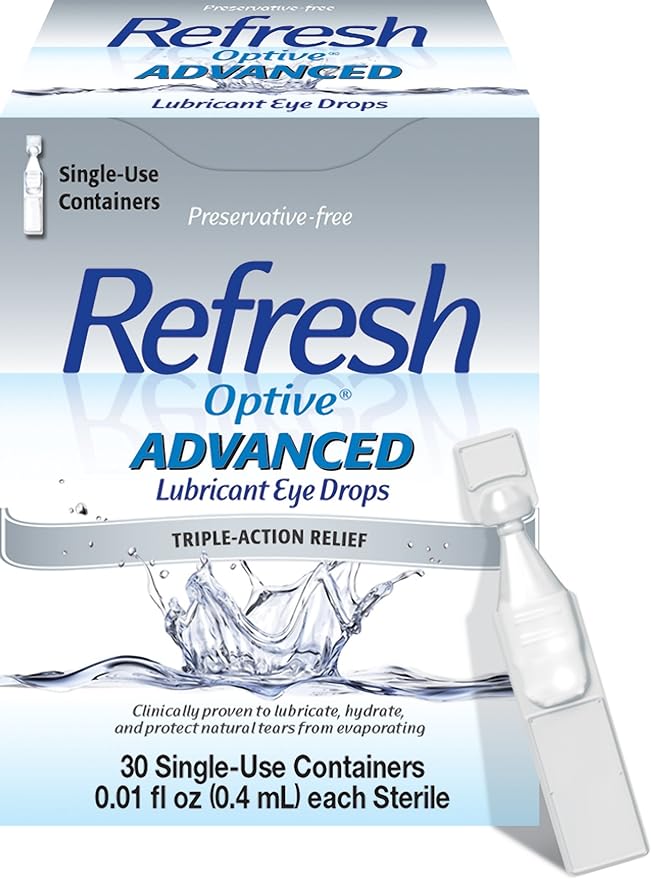
Dry eye disease has become more common today, thanks to our frequent use of digital screens, environmental shifts, multiple medications, and longer lifespans. While there are many prescription treatments for managing dry eye, many of us turn to over-the-counter artificial tears for quick relief. Recognizing this trend, researchers from Colombia decided to investigate how effective these eye drops really are in combating dry eye symptoms.
The foundation of their research was based on the insights from the 2017 Dry Eye Workshop II (DEWS II). This workshop highlighted that dry eye is not caused by just one issue but several, including what's known as hyperosmolarity. This means the tears on the surface of your eyes become too salty, which can lead to inflammation and damage to eye surface cells. Hyperosmolarity can result from not enough tear production or from tears evaporating too quickly from the eye's surface.
To get to the bottom of which eye drops help best, the researchers tested five different preservative-free lubricants—two well-known in the U.S. (Optive and Systane) and three from other countries. They monitored the effects of these drops on patients with moderate to severe dry eye. Each patient's eye condition was rigorously assessed using a specialized system that measures the saltiness (osmolarity) of tears.
Here's what they found: after just 15 minutes of applying the eye drops, there was a noticeable decrease in the saltiness levels of the patients' tears. This decrease is good news—it means the drops are doing their job in interrupting the cycle of dryness, inflammation, and damage. The researchers discovered that by reducing this saltiness, the eye drops could potentially stop the ongoing cycle that makes dry eye worse.
This study is crucial as it shows that even simple over-the-counter eye lubricants can temporarily improve the conditions that lead to dry eye by tackling one of its root causes. For those of us relying on screens daily or living in challenging environments, these findings emphasize the importance of choosing the right type of eye drops to help manage dry eye symptoms effectively.
In summary, while more long-term studies are needed to look at the lasting benefits of different lubricants, this research offers hope that managing dry eye might be as straightforward as finding the right drop to use. Next time you reach for eye drops, remember that they might be doing more than just wetting your eyes—they could be breaking a cycle that leads to more severe irritation.
RefreshOptive
SystaneUltra









